Introduction
Autism Spectrum Disorder (ASD) is a complex neurodevelopmental condition that affects individuals in various ways, presenting challenges in social communication, behavior, and sensory processing. With an estimated prevalence of 1 in 36 individuals, understanding the nuanced presentation of ASD is crucial for early diagnosis and support. This article explores the characteristics of autism, including social interaction challenges, communication difficulties, repetitive behaviors, sensory sensitivities, intense focus, and cognitive traits.
It also delves into the diagnostic process, the impact of autism on everyday life, and the importance of early intervention. By fostering inclusive and supportive communities, we can enhance the well-being and opportunities for individuals with autism and their families. Join us on this journey to empower and uplift the autism community.
What is Autism Spectrum Disorder (ASD)?
Autism Spectrum Disorder (ASD) is a complex neurodevelopmental condition that manifests through a wide array of behaviors and challenges. Individuals with ASD often experience significant differences in social communication and interaction across various settings. This can include difficulties with understanding and engaging in back-and-forth conversation, recognizing and interpreting social cues, and forming and maintaining relationships.
Unique to each person, these characteristics can range from mild to severe, reflecting the 'spectrum' nature of the condition.
In addition to social communication challenges, those with ASD may display restricted and repetitive behaviors or interests. This could involve repeating certain words or phrases, known as echolalia, engaging in repetitive movements, or adhering strictly to routines and resisting changes. Individuals may also develop highly focused and intense interests or show unusual responses to sensory input, such as indifference to pain/temperature or adverse reactions to specific sounds or textures.
Understanding the nuanced presentation of ASD is crucial, as it affects an estimated 1 in 36 individuals, according to the Centers for Disease Control and Prevention (CDC). Recognition of these signs is the first step towards diagnosis and support. Diagnostic criteria, outlined in the American Psychiatric Association's Diagnostic and Statistical Manual (DSM-5), serve as a guide for professionals to identify and diagnose autism.
Misconceptions about the causes of autism have circulated, but it is crucial to note that it is not a result of parenting styles, vaccines, or nutrition. Instead, research indicates that variations in brain structure or function play a role, with evidence suggesting genetic and hereditary factors. Understanding these causes helps dispel myths and focus on effective support and intervention.
Early diagnosis is paramount, as it opens the door to resources and interventions that can significantly improve quality of life. In Australia, for instance, the diagnosis involves a comprehensive evaluation by a multidisciplinary team, and there is no age barrier to when a child can be assessed. The National Disability Insurance Scheme (NDIS) plays a pivotal role in providing personalized support plans and funding for services, emphasizing the importance of early intervention in enhancing communication, social skills, and adaptive behaviors.
Globally, the International Classification of Diseases (ICD) and the International Statistical Classification of Diseases and Related Health Problems (ICD) provide standardized ways to record and understand health issues, including ASD. These classifications enable large-scale research and inform health planning and services, contributing to a more inclusive and supportive society for individuals with ASD.
With ongoing research and advancements in technology, tools such as artificial intelligence (AI) are being explored to aid in the early detection of autism, offering hope for even earlier intervention and support. The collective efforts of researchers, healthcare professionals, and communities are integral to expanding our understanding and enhancing the lives of those affected by ASD.
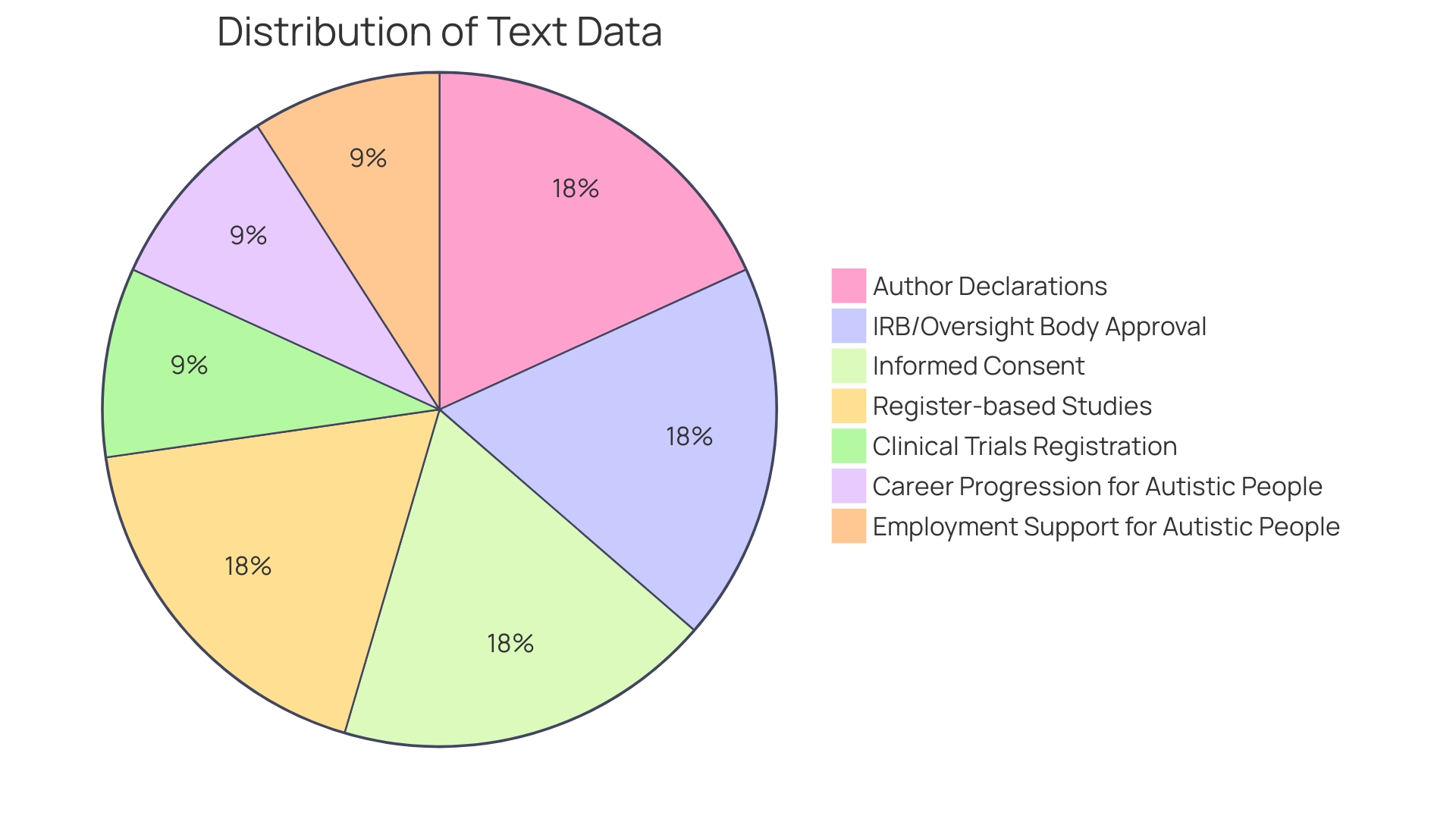
Characteristics of Autism
Autism Spectrum Disorder (ASD) is recognized by the National Institute of Health as a complex set of neurodevelopmental conditions caused by variations in the brain. These variations manifest in diverse ways, leading to a range of abilities and challenges. Some of the most common traits include difficulties with social interactions, unique communication styles, repetitive behaviors, and heightened sensitivity to sensory stimuli.
Far from being confined to a single demographic, autism spans across all ethnicities, races, and socioeconomic backgrounds, with no known cure.
Despite the global presence of ASD, much of the research and literature have historically been centered on Western populations. This has resulted in a significant knowledge gap concerning autism in non-Western contexts, such as West Africa, where autism was not widely recognized until about 40 years ago. The need for more inclusive and geographically diverse research is paramount, as it would provide a more accurate representation of autism's impact worldwide.
Recent studies challenge the traditional deficit-focused narrative surrounding autism, suggesting that certain autistic traits may offer advantages in specific contexts. For instance, individuals with autism may be less susceptible to peer influence in unethical situations, a trait that can be invaluable in organizational settings. This reframing of autism highlights the potential strengths inherent in the condition.
Moreover, the lived experiences of autistic individuals and their families shed light on the unique adaptations and compensations they make in a world that often does not cater to their needs. Autistic individuals employ both conscious and unconscious strategies to navigate social norms, which can be seen as a testament to their resilience and ingenuity.
Statistics show that mental health concerns, which can co-occur with autism, affect individuals and their families, influencing various socioeconomic aspects of life such as access to services, employment status, and overall well-being. Hence, it is critical to acknowledge that autism and mental health concerns do not define a person's capabilities or potential to lead a fulfilling life.
In Australia, the approach to autism diagnosis and support is comprehensive, involving a team of professionals and emphasizing the importance of early intervention. The National Disability Insurance Scheme (NDIS) plays a crucial role in providing tailored support plans for individuals with autism, addressing areas such as communication, social skills, and behavior management. Educational inclusion remains a fundamental right, ensuring that every child with ASD has the opportunity to reach their full potential.
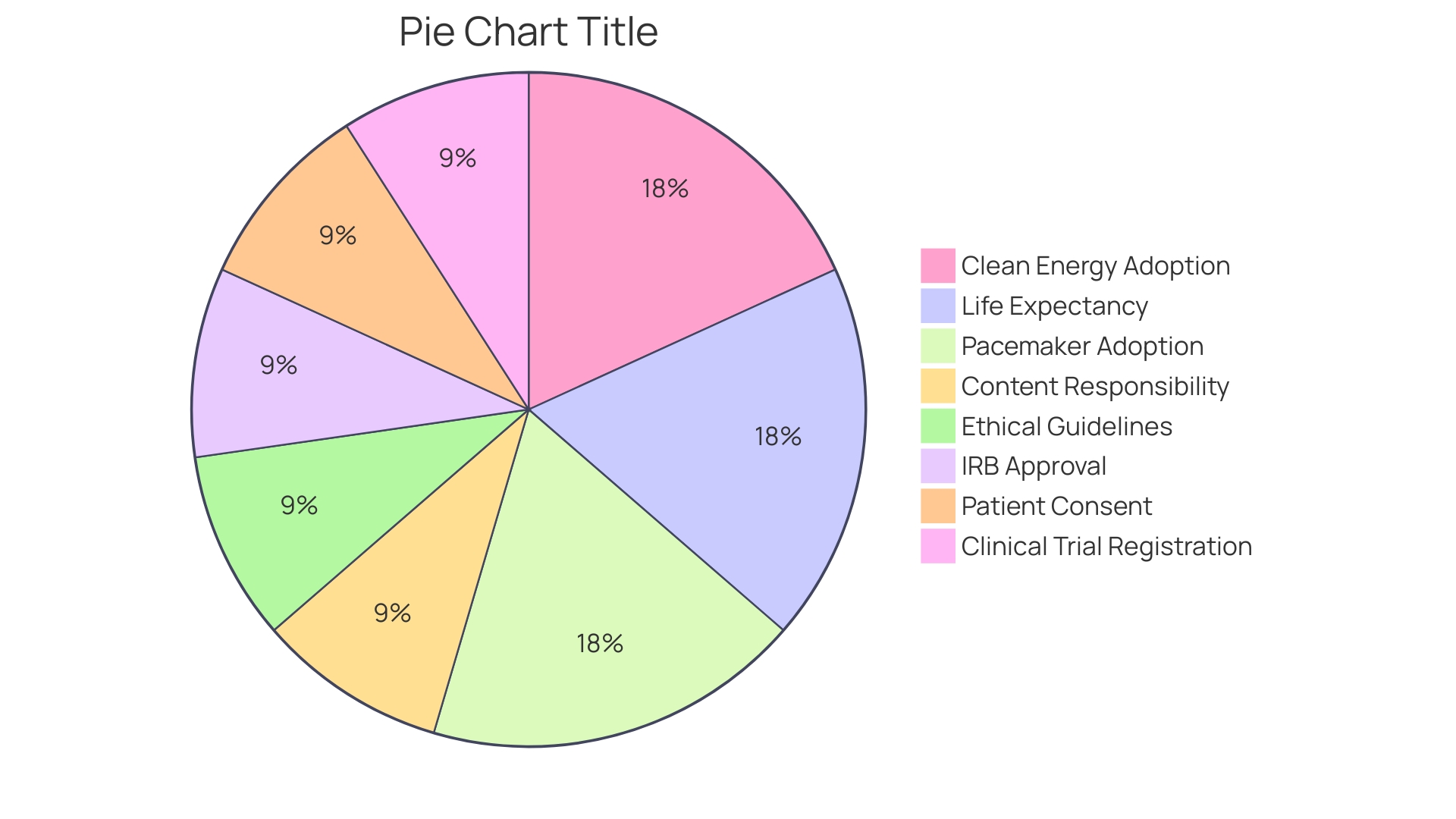
Challenges in Social Interaction
Autism spectrum disorder (ASD) manifests in unique social, communicative, and behavioral patterns that can pose challenges for individuals when it comes to navigating social interactions. Autistic individuals may experience difficulties in interpreting social cues like facial expressions and body language, which can be obstacles in initiating and maintaining conversations. This often leads to a feeling of being out of step with the surrounding world, a sentiment echoed by those who grow up in isolated environments, such as the rural expanses of Kawartha Lakes, Canada, where the sense of loneliness can be profound.
These challenges, however, do not encapsulate the full experience of those with autism. Recent research has illuminated the concept of 'compensation,' where autistic individuals employ both conscious and unconscious strategies to align themselves with societal norms. This adaptive ability is a testament to their resilience and resourcefulness in a world that is not always accommodating of neurodiversity.
Braxton Hartman, who has autism and has been a public advocate since age 12, and his father Lorne Hartman, emphasize the need to shift the narrative from a deficit-focused view to one that explores the potential advantages of autistic differences. For instance, their studies suggest that autistic individuals may be less susceptible to peer influence in unethical situations, a perspective that redefines the concept of social interaction from a potential weakness to a unique strength.
Indeed, the societal perception of autism is evolving, as is evident in the collective voice of autistic individuals and their allies. They advocate for a reimagined understanding that recognizes the diverse capabilities and experiences of autistic people. This perspective is not only more inclusive but also provides a more accurate representation of the autism spectrum, encouraging a dialogue that celebrates differences rather than stigmatizing them.
Difficulties in Communication
Autism spectrum disorder (ASD) encompasses a range of neurodevelopmental conditions, with communication challenges being one of its primary hallmarks. Individuals on the spectrum may experience a wide array of speech and language difficulties. For some, this might present as delayed speech onset or the struggle to develop language skills at the expected rate.
Others may grapple with nonverbal communication nuances, including the interpretation and use of gestures or maintaining eye contact. These obstacles can significantly hinder their ability to convey their needs, desires, and emotions.
Research underscores the complexity of these communication barriers. For instance, studies indicate that those with ASD might have trouble discerning the intended meanings behind spoken words, which might manifest as apparent inattentiveness, difficulty following instructions, or rapid forgetting of verbal information. This can stem from Developmental Language Disorder (DLD), a condition recognized by affected individuals, their families, and supporting professionals to underscore its significant impact.
Addressing these communication challenges is a focus of ongoing research and intervention development. Through decades of work, experts have been crafting and refining methods to enhance the support provided to children with complex communication needs, such as those using augmentative and alternative communication (AAC) systems. These interventions aim to empower not just the children but also the educators, family members, and other communication partners in their lives.
For example, a recent initiative funded by the Institute of Education Sciences (IES) seeks to develop professional development programs for school-based speech-language pathologists (SLPs), enhancing their ability to support families in implementing effective communication strategies.
The prevalence and urgency of addressing communication in ASD are further highlighted by recent statistics. According to research approved by the Danish Data Protection Agency, which adheres to stringent ethical guidelines, understanding and supporting the communication needs of individuals with ASD is crucial. This body of work, which does not require informed consent for register-based studies, emphasizes the importance of safeguarding participant confidentiality throughout the research process.
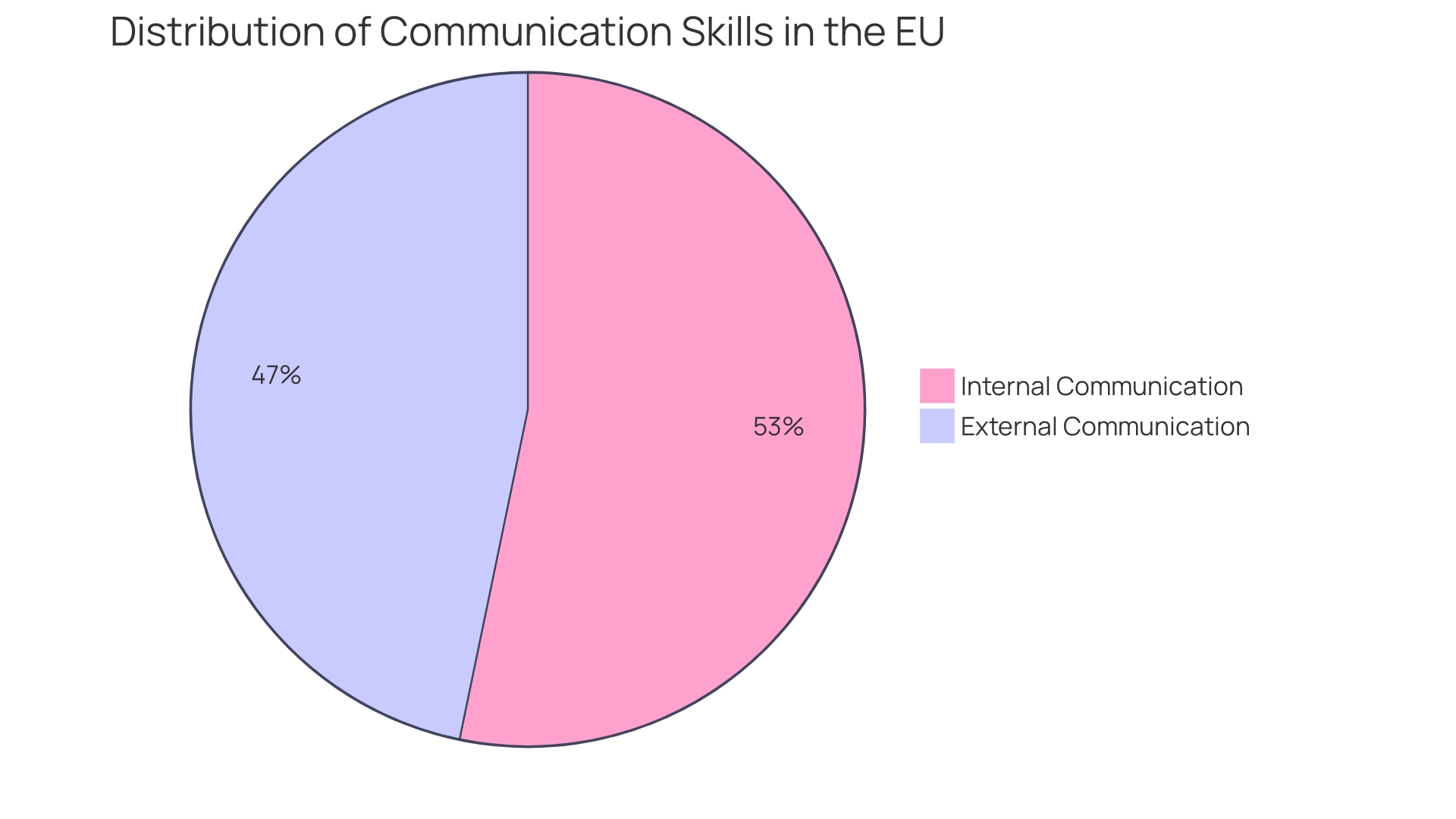
Repetitive Behaviors
Autism spectrum disorder (ASD) is a complex developmental condition that manifests in a variety of behaviors, impacting individuals differently and to varying degrees. A notable aspect of ASD is the presence of repetitive behaviors, which can manifest as physical actions like hand-flapping or rocking, or as specific patterns in play and daily routines. These behaviors aren't arbitrary; they serve essential self-regulatory functions, helping those with autism manage sensory input that might otherwise be overwhelming.
According to the American Psychiatric Association's Diagnostic and Statistical Manual (DSM-5), ASD is characterized by persistent differences in social interaction and communication, as well as by restricted and repetitive behavior patterns. For someone with ASD, this could look like repeating sounds or phrases (echolalia), insisting on sameness, and having intense interests. The CDC estimates that as many as 1 in 36 individuals may be on the autism spectrum, highlighting the importance of recognizing these behaviors as part of a potential ASD diagnosis.
Early diagnosis and intervention are crucial, as they can significantly affect the quality of life for those with autism, providing them with the resources and opportunities to live fully. Brain scans have revealed structural differences in the brains of people with autism, supporting the belief that autism has a basis in brain structure or function. However, despite ongoing research into the causes of autism, there is no evidence to support the misconception that vaccines, parenting styles, or nutrition cause the condition.
Instead, genetics play a significant role, indicated by patterns of autism or related disabilities within families.
Sensory Sensitivities
Autism Spectrum Disorder (ASD) is a complex neurodevelopmental condition with a hallmark feature being the unique sensory experiences of those affected. Some individuals with autism may find themselves exceptionally sensitive to sensory inputs such as sights, sounds, tastes, smells, balance, touch, as well as the awareness of their own body position and movement. This heightened sensitivity, known as hypersensitivity, can cause certain environmental stimuli to feel overwhelming.
Conversely, hyposensitivity, or reduced sensitivity, can also be a characteristic of autism, where the sensory input is less detectable or stimulating than it typically would be for others.
The impact of these sensory processing challenges is profound, influencing behavior, learning, and development. It can manifest in various ways: a child with autism light find the hum of a refrigerator distressing, or the texture of a dental chair light trigger a strong negative reaction. Innovations such as an Augmented Reality (AR) application that transforms tactile sensations into visual and auditory signals have been proposed to mitigate discomfort caused by tactile sensitivity, illustrating the importance of accommodating these sensory differences.
Understanding sensory processing in autism is crucial for providing effective support. Tailored strategies can significantly improve the quality of life for those on the autism spectrum, whether at home, school, or the workplace. Early identification and intervention are key, as research underscores the benefits of beginning treatments like behavioral therapy as soon as possible.
The earlier the support, the better the potential outcomes for individuals with autism. With ASD prevalence now estimated at 1 in 44 eight-year-old children, and a notable sex bias in diagnosis rates, it is imperative for professionals across all sectors to recognize and address the distinct needs of this diverse population.
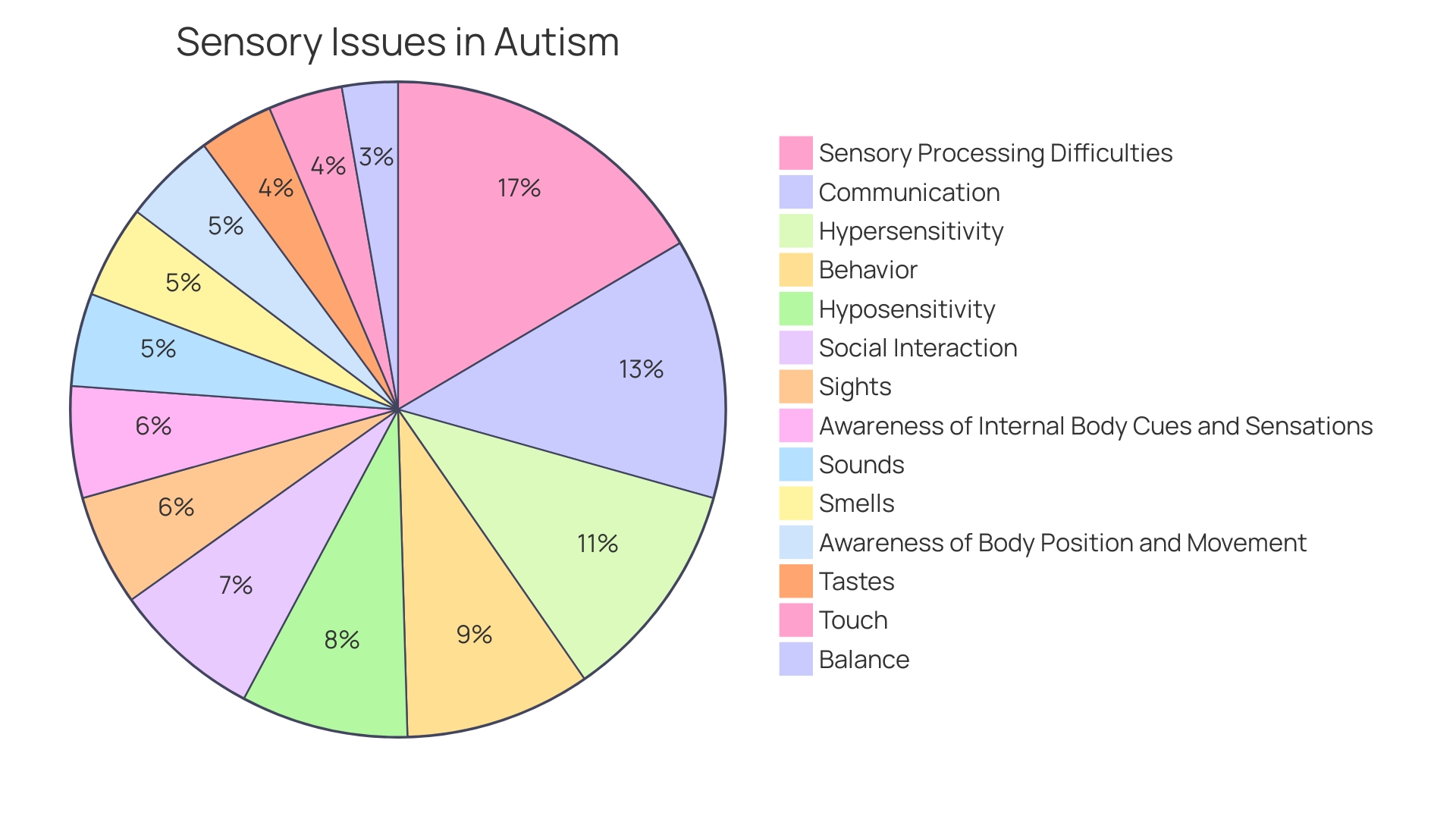
Intense Focus and Special Interests
Autism, a complex neurodevelopmental condition, manifests in various ways, including an individual's deep and passionate engagement with specific subjects or activities. This singular focus often leads to an expansive knowledge and intense enjoyment in their chosen area of interest. Such dedication can be a source of immense comfort and joy, offering a refuge from the challenges faced in other aspects of life.
For example, James, diagnosed with autism at age three, found solace in art during his school years. Despite feeling isolated, his art became a means of communication and expression, culminating in his first exhibition. This illustrates how focused interests can foster a sense of accomplishment and belonging.
In the broader context, the detailed nature of interests in individuals with autism can be incredibly beneficial in various sectors, including national security. The demand for a STEM-skilled workforce that values meticulous attention to detail and precision provides opportunities for those who naturally excel in these areas. Neurodivergent individuals, including those on the autism spectrum, bring unique cognitive abilities to roles requiring such specialized focus, contributing to missions that require more than typical thinking patterns.
Supporting these pursuits not only enhances personal well-being but can also lead to significant contributions to society. Recognizing and nurturing the special interests of individuals with autism is an integral part of understanding and appreciating the diverse tapestry of human cognition.
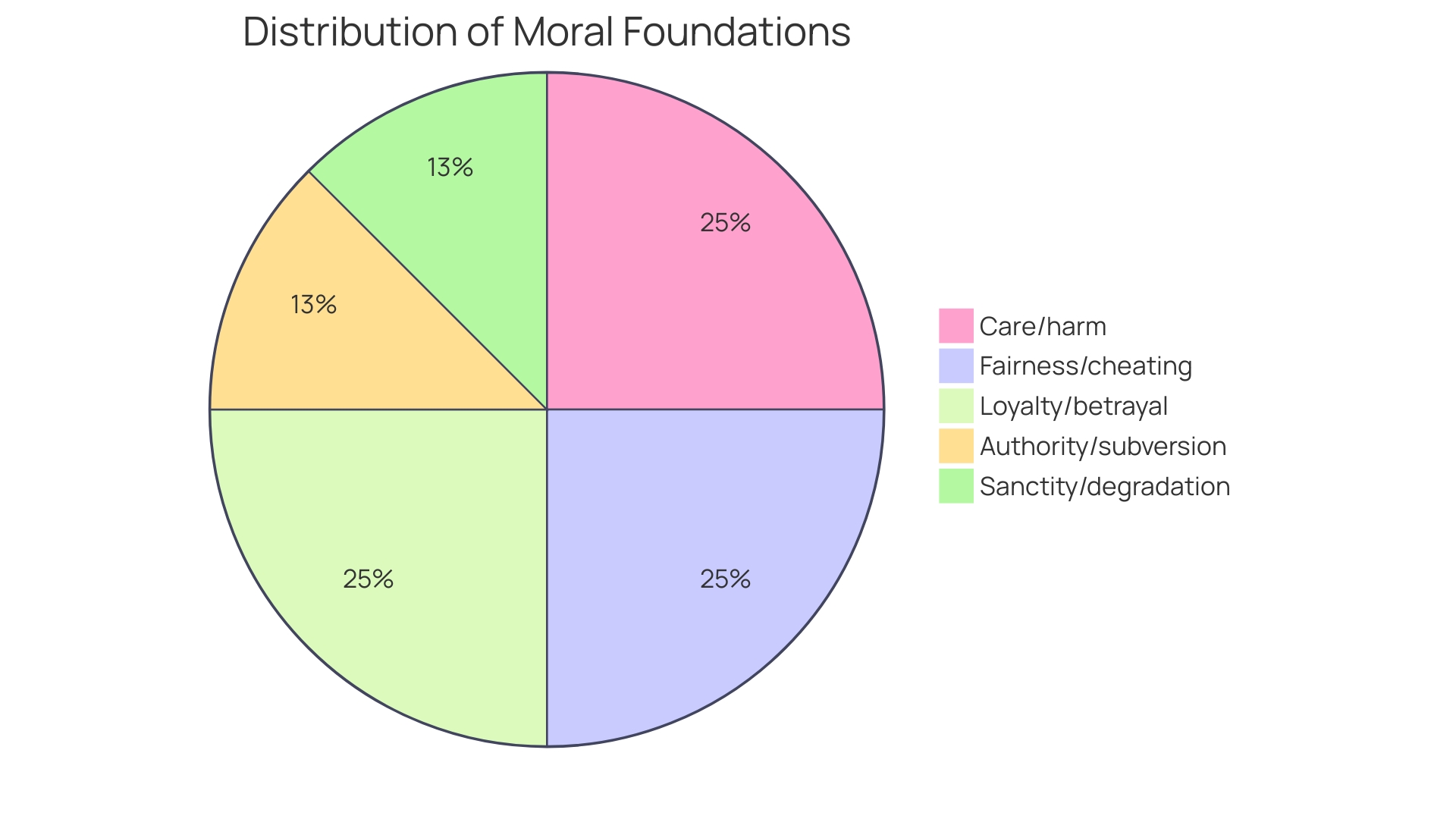
Cognitive and Behavioral Traits
Autism Spectrum Disorder (ASD) encompasses a broad range of cognitive and behavioral characteristics, varying greatly among individuals. While some show exceptional abilities in areas like memory, music, or mathematics, others might face challenges with executive functions, including organization, planning, and managing impulses. These unique profiles of strengths and difficulties are influenced by motivational factors and anxiety levels, which can fluctuate, making skills appear variable across different contexts and times.
Clinical psychologist Simon Baron-Cohen emphasizes that traits associated with autism can be viewed positively; for example, what's often labeled as 'obsessive behavior' could alternatively be seen as 'single-minded focus.' His empathizing-systemizing theory suggests that those with autism may have a heightened ability to discern patterns and understand rule-based systems, though they might find social interactions more challenging. Studies have shown that individuals on the autism spectrum often excel in STEM fields, attributing their success to these unique cognitive traits.
Moreover, research delves into the evolutionary perspective, pondering the paradox of why natural selection has allowed the prevalence of genetic variants associated with psychiatric conditions. These investigations aim to understand the 'ultimate' reasons behind the 'proximate' causes, such as genetics and environmental stressors, that contribute to the development of autism.
Recent studies, like the one by Professors Kenkichi Takase and Eiichi Nojiri, continue to explore the mental functionalities associated with ASD, building on foundational theories like those of Donald Olding Hebb. They seek to understand the intricate brain connections and how they manifest in autism, contributing to the evolving comprehension of this neurodevelopmental condition.
The statistics show that while a significant portion of the population can visualize mental imagery, a small percentage experiences aphantasia, an absence of mental visualization. This variability in mental imagery is a reminder of the diversity present within the neurodiverse community, reinforcing the need to support and appreciate the unique cognitive experiences of individuals with ASD.
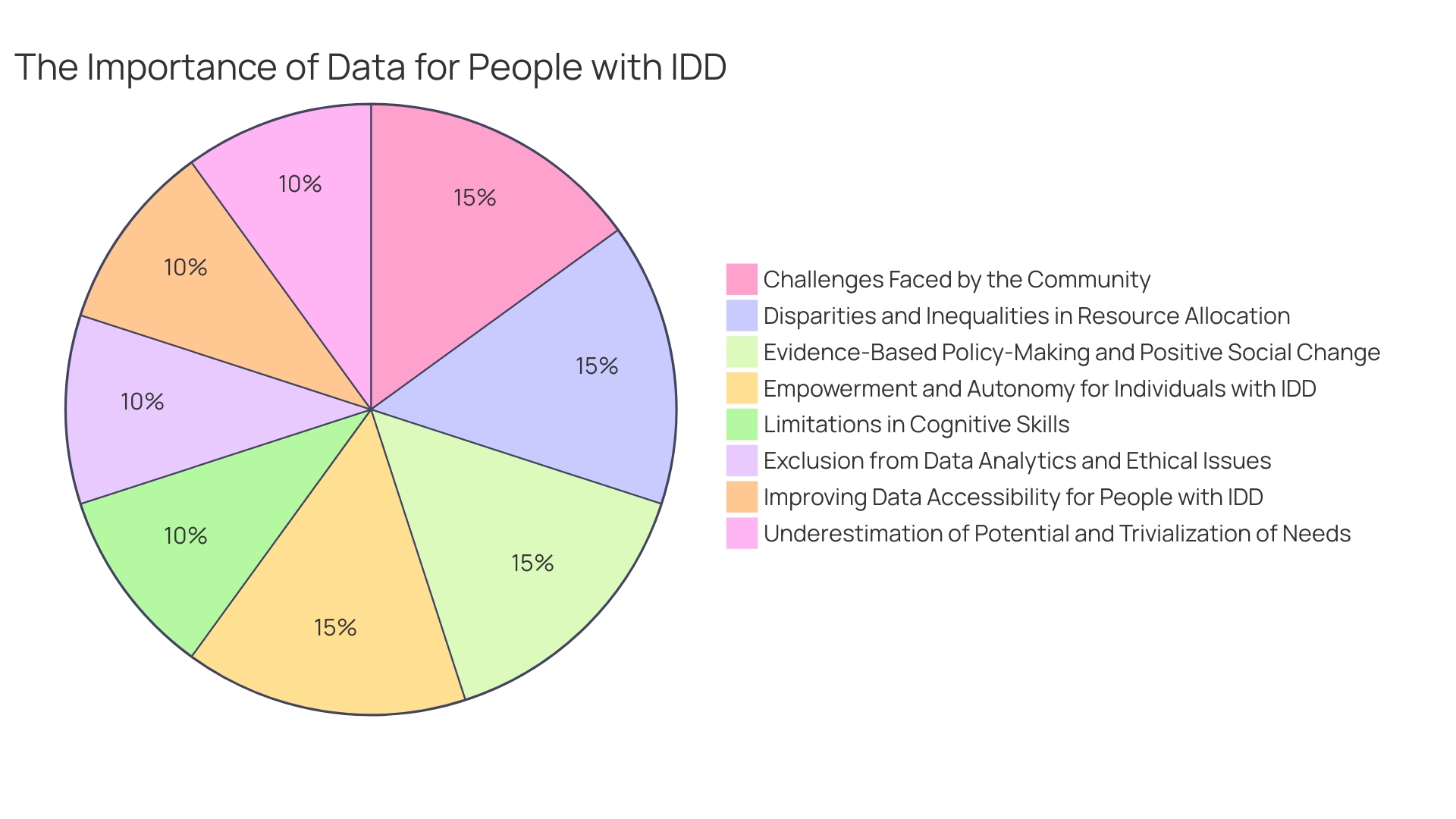
Executive Dysfunction and Routine Needs
Understanding the cognitive challenges associated with autism, such as executive dysfunction, is crucial. Executive dysfunction is the term used to describe difficulties with cognitive processes like planning, organizing, and self-regulation. For individuals on the autism spectrum, these challenges are often characterized by a unique set of difficulties in executive functioning as compared to their neurotypical peers.
Some may find themselves fully capable in certain environments, yet struggle significantly in others. It's akin to navigating with a map that only works in familiar territories; in unknown areas, the route becomes incredibly challenging, contributing to self-perception and the need for a supportive response from others.
Consistency and predictability are vital for those with autism as they navigate daily tasks, helping to minimize anxiety and providing a sense of security. This is much like the discipline found in a chef's kitchen, where structure and timing are essential to success. Similarly, having a well-defined routine can be empowering for those with executive functioning challenges, allowing them to excel within a familiar framework.
Recent research underscores the importance of this support, with the CDC reporting a rise in autism diagnoses among children to 1 in 36. While there's a wealth of knowledge about autism in younger years, there's a scarcity of research into adulthood, signaling a need for continued advocacy and resources as individuals with autism transition through different life stages.
Emotional intelligence plays a role too, which includes the ability to recognize, evaluate, and manage one's emotions, as well as to perceive those of others. This skill is essential for everyday interactions and can be more challenging for individuals with autism. Technologies and tools that aid in organizing and scheduling tasks can help manage these emotional and cognitive demands, although finding the right balance of structure and flexibility is key to each individual's productivity and well-being.
In a rapidly evolving tech landscape, where roles and expectations are fluid, such adaptability can be an equalizer, offering new opportunities for those willing to embrace risk and innovation. For individuals with autism, navigating these frontiers can be both exciting and daunting, underscoring the importance of understanding and supporting the unique cognitive and emotional needs associated with autism.
Sensory Processing and Emotional Regulation
For individuals on the autism spectrum, sensory processing and emotional regulation present unique challenges. They may struggle to manage the influx of sensory information, which can overwhelm their senses and lead to sensory overload or a heightened search for sensory experiences. This difficulty in processing sensory input can manifest in a variety of ways, such as increased sensitivity to textures or sounds, or conversely, a need for more sensory stimulation.
Emotionally, individuals with autism often experience a mismatch between their inner feelings and the ability to express them outwardly. This disparity can be understood through concepts like 'emotion mimicry' and 'emotion production', which refer to the learned replication of facial expressions and the innate capacity to display emotions, respectively. Emotions are complex, with models like the Wheel of Emotions categorizing them into primary and secondary groups, reflecting a range of emotional states from joy to fear to anticipation.
Practical applications designed to address sensory sensitivities are emerging, such as an Augmented Reality (AR) app developed to assist during dental visits. This app translates tactile sensations into visual and auditory signals, catering to the autistic community's preference for these types of stimuli. It's tailored to key moments of a dental appointment, offering a glimpse into innovative solutions for sensory challenges.
Autism's prevalence is on the rise, with current estimates indicating that 1 in 44 children aged eight may be affected. Boys are diagnosed more frequently than girls, with a ratio of three to four times higher. This growing recognition means that healthcare providers across various specialties are increasingly likely to interact with autistic patients.
The importance of understanding their specific needs cannot be overstated, as it can lead to more inclusive care and the avoidance of unnecessary referrals to specialists who may not always be available.
Autism spectrum disorder (ASD) encompasses a wide range of conditions impacting behavior, social skills, and communication. The experiences of individuals with ASD vary greatly, and challenges persist across their lifespans. Reports suggest that autistic adults face higher risks of poor physical and mental health, premature mortality, and increased healthcare costs.
For parents, especially those who are autistic themselves, navigating support systems for their autistic children can be daunting, often requiring them to advocate vigorously to secure necessary services.
In conclusion, understanding and accommodating the sensory and emotional intricacies of autism is crucial for supporting individuals on the spectrum. From embracing innovative tools like AR apps to fostering awareness and empathy within the healthcare system, every step taken can significantly enhance the quality of life for those with autism and their families.
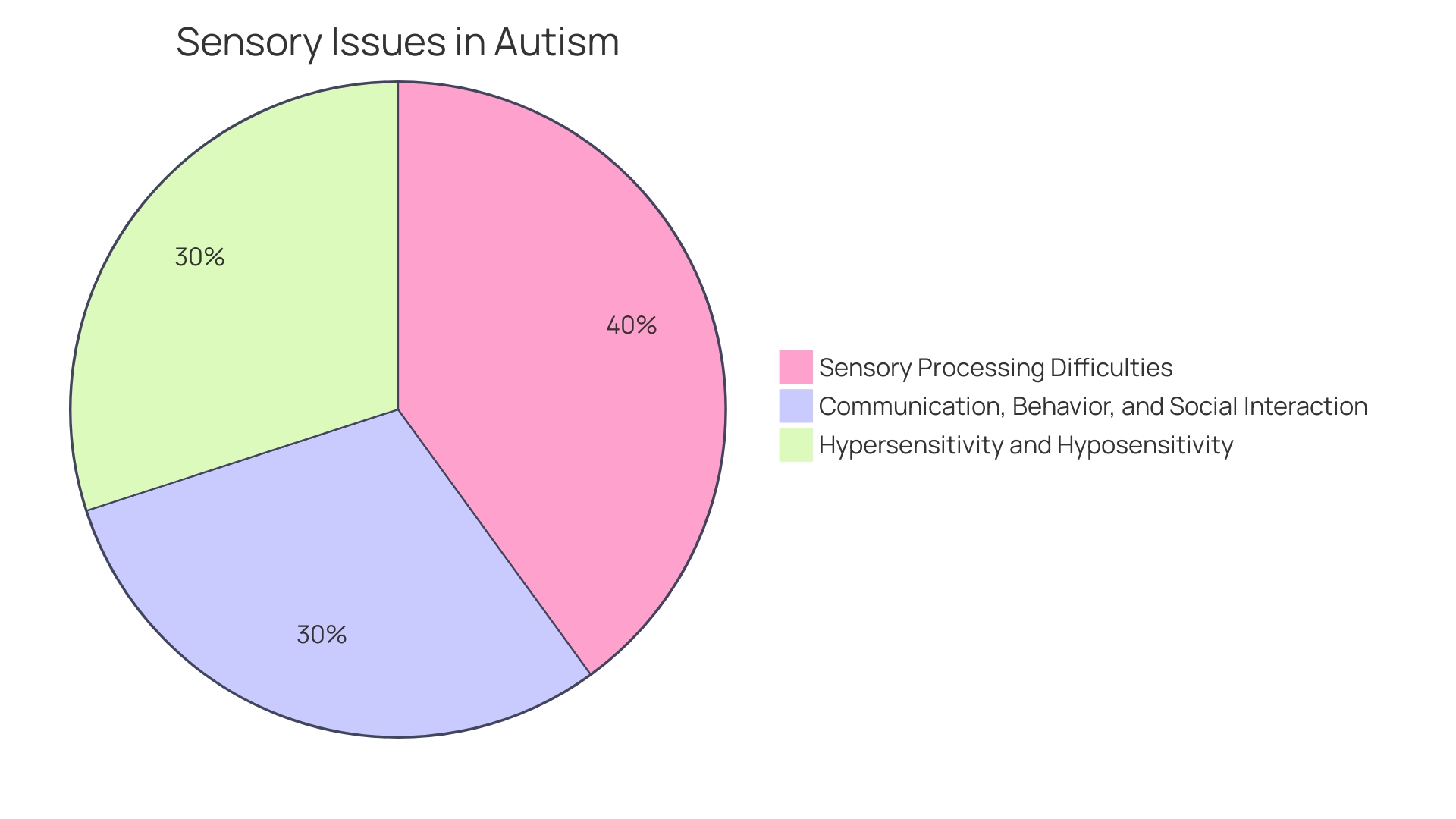
Diagnosis and Assessment Tools
Understanding Autism Spectrum Disorder (ASD) begins with a thorough diagnostic process, which is multifaceted and involves contributions from both the family and healthcare professionals. In this process, experts such as developmental pediatricians, child neurologists, and other specialists utilize a variety of assessment methods. These include observing the child's behavior, understanding the family's account of the child's development, and applying standardized tools in line with the American Psychiatric Association's DSM-5 criteria.
The DSM-5 provides a framework for diagnosis, but it's important to recognize that no single tool is definitive for ASD diagnosis. Instead, a comprehensive approach is necessary, as ASD is characterized by a wide range of behaviors that can vary greatly from one individual to another. As Geraldine Dawson from the Duke Center for Autism and Brain Development notes, "Autism is characterized by many different behaviors, and not all children on the spectrum display all of them equally, or at all."
This complexity requires a nuanced assessment process.
Innovations in diagnostic technology are enhancing early detection. For instance, the SenseToKnow app leverages AI and tablet sensors to measure a child's responses during interactive tasks, such as a bubble-popping game that assesses motor skills—one of the earliest indicators of autism. The app's ability to capture subtle behaviors like eye movements, facial expressions, and head movements offers a more nuanced view of the child's behavior, potentially leading to earlier and more accurate diagnoses.
Early intervention is critical, as research consistently shows that the sooner behavioral therapy begins, the better the outcome for the child. Organizations such as The Autism Community in Action (TACA) emphasize the treatability of autism and the importance of an accurate diagnosis. NeuroQure’s mission to provide diagnostic tools that can identify ASD at the earliest possible age is a response to this urgent need.
The diagnostic journey for ASD is evolving, with the goal of reducing the time it takes to reach a diagnosis and begin intervention. These advancements are a beacon of hope for families, promising to alleviate some of the challenges associated with this complex condition and paving the way for more personalized support and care.
Impact on Everyday Life
Understanding how autism affects individuals and their engagement within society is crucial. Statistics from Autistica reveal that approximately 1 in 70 people in the UK is autistic, indicating that around 1 million people live with this neurodevelopmental condition. The employment statistics are even more telling; only 3 in 10 autistic adults are in employment, which is a stark contrast to the 8 in 10 employment rate of non-disabled people.
Moreover, autistic individuals experience the largest pay gap among disability groups, earning a third less on average than their non-disabled counterparts.
Despite these challenges, there is a growing recognition of the importance of supporting autistic individuals to lead fulfilling lives. Educational approaches like the Treatment and Education of Autistic and Related Communication-Handicapped Children (TEACCH) leverage the strengths of autistic individuals by emphasizing consistency and visual learning. This method has shown positive outcomes by adapting the learning environment to better suit their needs.
Furthermore, the summer of 2023 marked a significant initiative to improve employment opportunities for autistic individuals. A comprehensive review that included input from employers, autism charities, and autistic individuals themselves, focused on identifying barriers to employment and developing strategies to overcome them. The goal is to substantially increase the employment rate for autistic individuals over the next five years, highlighting the potential for enhanced awareness and reduced stigma to capitalize on the unique talents and productivity of autistic employees.
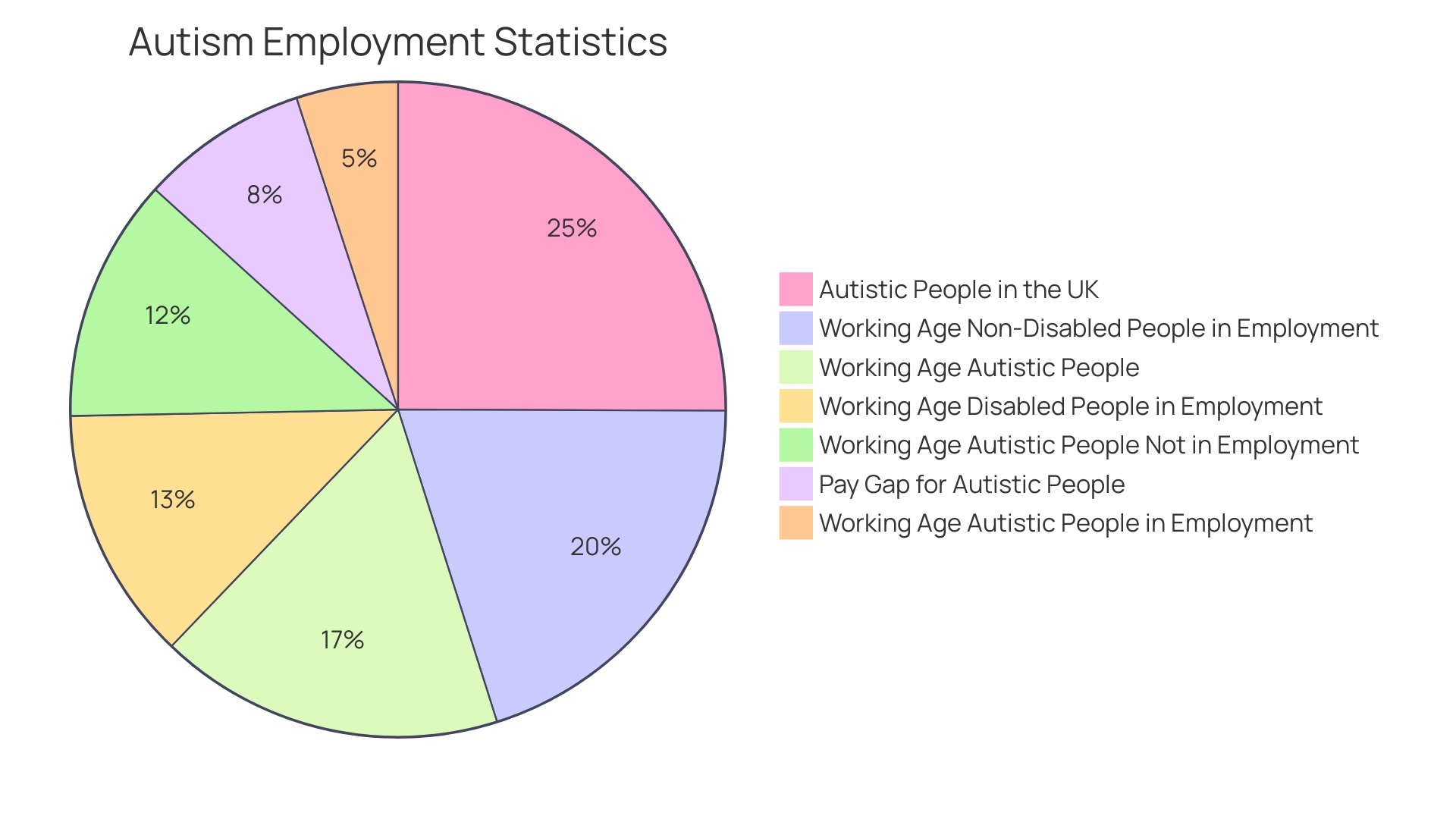
Neuro-Cognitive Theories of Autism
Exploring the complexities of autism involves delving into various neuro-cognitive theories which posit that this neurodevelopmental condition may stem from differences in brain development, genetic factors, and the intricate interplay between genetics and environmental influences. A synthesis of 58 scholarly publications from diverse disciplines has revealed nine predominant themes that contribute to our understanding of autism. These include the occurrence of autism spectrum disorder (ASD) and attention deficit hyperactivity disorder (ADHD) in certain populations, as well as challenges in social relationships that can lead to isolation and the gravitation towards extreme ideologies online.
Other notable themes include hyperfixation and obsessionality with specific interests, which may range from mass murder and weapons to extreme ideologies. Cognitive styles associated with autism, such as a preference for predictability and routine, rigid thinking patterns, impulsivity, and the resulting difficulties in workplace or academic environments, were also highlighted.
The neurodiversity movement brings forward the concept that human brains exhibit a plethora of natural variations in their wiring, termed neurotypes. This perspective challenges the traditional view that neurotypical wiring—previously assumed to be the most common—is the preferred or only healthy brain functioning. Advocates for neurodiversity argue that every neurotype represents its own form of healthy brain function, each with its unique set of strengths and challenges.
Research into the dynamics of communication underscores that autistic individuals frequently encounter social communication barriers, a central aspect of autism diagnoses. Recent studies echo what autistic people have long expressed—that misunderstandings in communication are bidirectional. Neurotypical individuals can sometimes struggle to comprehend autistic individuals just as much as the reverse, a phenomenon now known as 'the double empathy problem.'
This evolving landscape of autism research underscores the importance of embracing a holistic view of neurological diversity. By recognizing the validity of each individual's neurotype, society can approach autism with a more inclusive and supportive perspective.
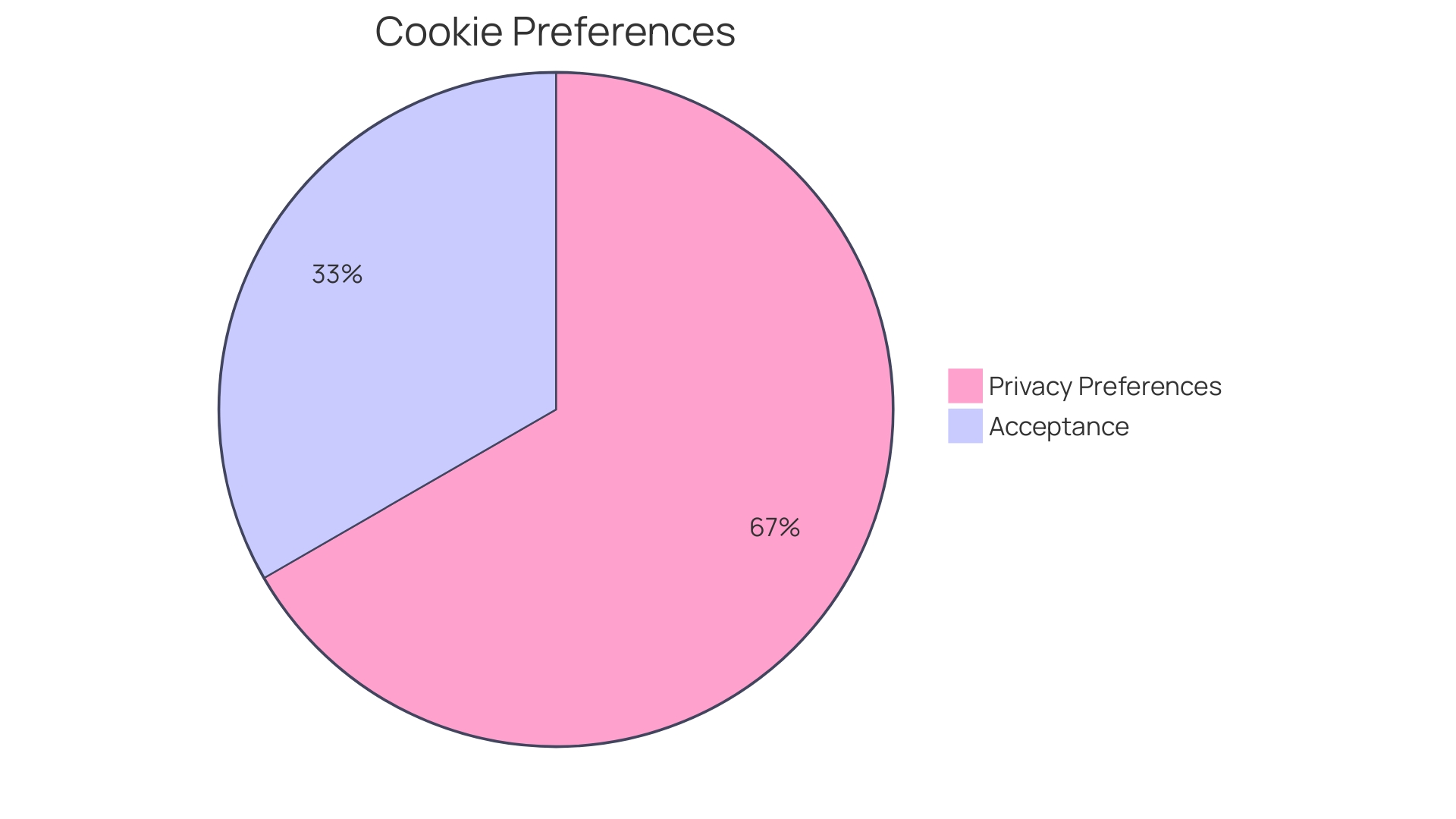
Treatment and Interventions
Autism Spectrum Disorder (ASD) is a neurodevelopmental condition with early-onset, presenting core challenges in social communication and exhibiting repetitive behaviors or rigid interests. With an estimated 31–55% of individuals with ASD also experiencing intellectual disabilities, the need for effective interventions is critical. Dr. David (Dan) R. Offord emphasized the importance of fair and supportive environments for children with disabilities, ensuring they can participate meaningfully in school, home, and leisure activities, which is fundamental to their mental health and societal equity.
Tailored interventions like Applied Behavior Analysis (ABA), speech and occupational therapies, as well as social skills training and specialized education plans, are vital for catering to the individual needs of those with autism. These evidence-based practices can significantly enhance the quality of life for individuals with ASD and their families. According to The Autism Community in Action (TACA), starting treatments such as behavioral therapy early leads to better outcomes.
This is corroborated by the shift in research methodologies, with randomized-controlled trials now setting the standard in evaluating the effectiveness of autism interventions.
The intersection of autism with co-occurring emotional and behavioral problems (EBP) underscores the high risk of social exclusion faced by this subgroup, making access to resources for caregivers and early, accurate diagnosis imperative. Initiatives by organizations like NeuroQure align with this need, aiming to shorten the diagnostic journey for ASD to ensure timely support. The IACC's role in enhancing federal coordination and communication with the autism community further highlights the collective efforts to address unmet needs and employ community-informed interventions.
From prenatal influences to lifelong developmental trajectories, ongoing research and personal testimonies shed light on the complexities of autism, reinforcing the call for early, personalized, and compassionate intervention strategies.
Importance of Early Intervention
Intervening early in the lives of children with autism is not just beneficial; it's a critical step towards ensuring they can achieve their full potential. Intensive intervention initiated at a young age can significantly enhance a child's ability to communicate, foster meaningful social connections, and develop adaptive skills necessary for daily life. The importance of early evaluation cannot be overstressed, as it paves the way for timely intervention services that are vital for children who may be on the autism spectrum.
The profound words of Dr. David (Dan) R. Offord, a renowned child psychiatrist, resonate deeply in this context: "I do not mind if my children are in a race as long as the race is fair." This sentiment underpins the need for equitable opportunities for children with disabilities, ensuring they have the support needed to thrive in various aspects of life such as school, home, and leisure activities. These opportunities are integral to their mental health and to the creation of an inclusive society.
Recent shifts in research methodologies, from quasi-experimental to randomized-controlled trials, are refining our understanding of which interventions work best for children with autism. This change underscores the evolving landscape of autism support and the need for evidence-based interventions that are tailored to the needs of individual children and their families.
Supporting this, a groundbreaking study led by Kristiina Tammimies at the Karolinska Institutet demonstrated the potential of machine learning models, like AutMedAI, in identifying autism in children under the age of two with nearly 80% accuracy. This innovation heralds a new era where early diagnosis could lead to prompt, personalized interventions, optimizing outcomes for children with autism.
The urgency of addressing the autism assessment and support crisis is captured in a report by Child of the North and the Center for Young Lives. It warns that delays in support can have detrimental effects on long-term outcomes for children with autism. The report advocates for a needs-led approach to autism support, emphasizing the significance of early identification and the provision of swift, effective support that does not solely depend on a formal diagnosis.
In light of the recent closure of Growing Early Minds, a provider of therapy services, the importance of accessible and continuous support for families is more apparent than ever. As we strive to ensure that the race remains fair for all children, including those with autism, it's clear that early, evidence-based intervention is a cornerstone of building a supportive and equitable society.
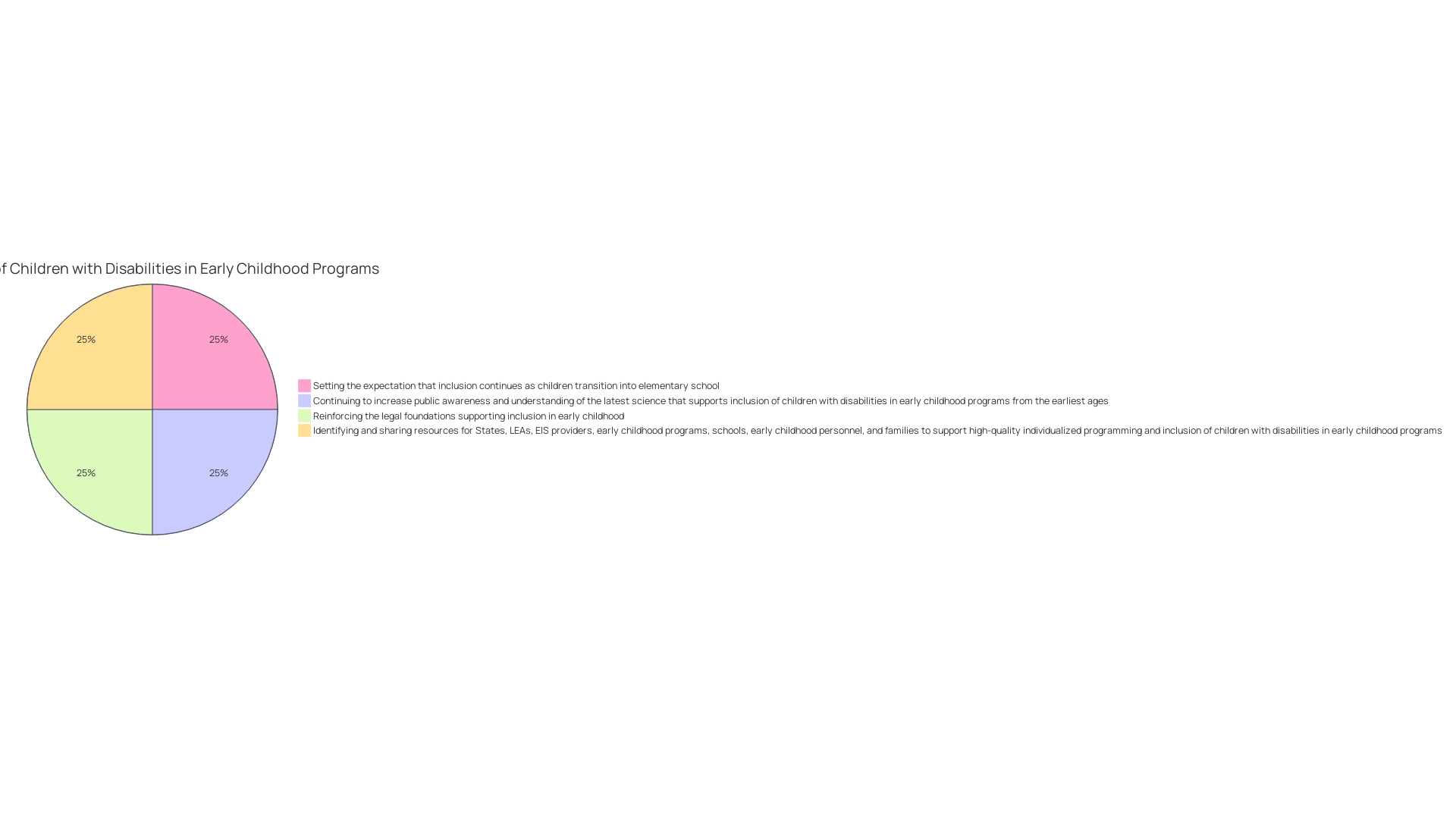
Creating Inclusive and Supportive Communities
Building communities that embrace inclusivity and support for individuals with autism, along with their families, is not just beneficial—it’s a societal imperative. The collaboration between Inclusion Canada and self-advocates with intellectual disabilities has yielded a powerful document, offering concrete advice on weaving inclusivity into the fabric of our daily environments. This guidance is drawn from the lived experiences of self-advocates, who understand firsthand the importance of being valued and included in all facets of society—from the workplace and educational settings to our own neighborhoods.
Associate Professor Hala Annabi emphasizes the significance of not only hiring neurodivergent individuals but also nurturing their career progression. The Autism @ Work Playbook advocates for the creation of career pathways for neurodivergent employees, fostering a work environment where growth and development are accessible to all. This approach aligns with recent insights, suggesting that a staggering 1 in 70 people in the UK is autistic, and although the majority desire employment, only 3 in 10 autistic adults are currently employed.
The pay gap for autistic individuals is the largest among disability groups, with earnings averaging a third less than those of non-disabled peers.
The path forward is illuminated by a collective effort, as seen during the summer of 2023 when stakeholders from various sectors came together to tackle the barriers to employing autistic individuals. The resulting strategies aim to elevate awareness, minimize stigma, and harness the productivity of autistic employees—setting a five-year objective to significantly improve employment rates for the autistic population. The collective dedication to this mission, as evidenced by the engagement and contributions from employers, autism charities, and government support, underscores a transformative vision—one where every individual is empowered to contribute meaningfully and thrive within their communities.
Conclusion
In conclusion, understanding and supporting individuals with Autism Spectrum Disorder (ASD) is crucial for fostering inclusive and supportive communities. ASD affects social communication, behavior, and sensory processing.
Early diagnosis is paramount, as it opens the door to resources and interventions that significantly improve the quality of life for individuals with autism. The National Disability Insurance Scheme (NDIS) plays a crucial role in providing personalized support plans and funding for services, emphasizing the importance of early intervention.
Challenges in social interaction, communication, and repetitive behaviors are common in individuals with ASD. Recognizing the potential strengths and unique adaptations of autistic individuals is essential for reframing the narrative surrounding autism.
Addressing communication challenges and sensory sensitivities is crucial for providing effective support. Tailored strategies and interventions can significantly improve the quality of life for individuals with autism, empowering both individuals and their communication partners.
The intense focus and special interests exhibited by individuals with autism can be a source of immense comfort and joy. Supporting these interests can lead to significant contributions to society.
Understanding and accommodating the unique cognitive and emotional needs associated with autism are essential for creating inclusive and supportive communities. Embracing adaptability and providing tailored support can open new opportunities for neurodivergent individuals.
Early intervention is critical, and advancements in diagnostic technology offer hope for earlier and more accurate diagnoses. Prompt and personalized interventions can optimize outcomes for individuals with autism.
Creating inclusive and supportive communities requires a collective effort to break down barriers and provide equitable opportunities for individuals with autism. Embracing neurodiversity and nurturing the unique talents of autistic individuals can lead to a more inclusive society.
In conclusion, by understanding, supporting, and advocating for individuals with autism, we can foster inclusive and supportive communities. Together, we can empower and uplift the autism community, ensuring that every individual has the opportunity to reach their full potential and lead fulfilling lives.




